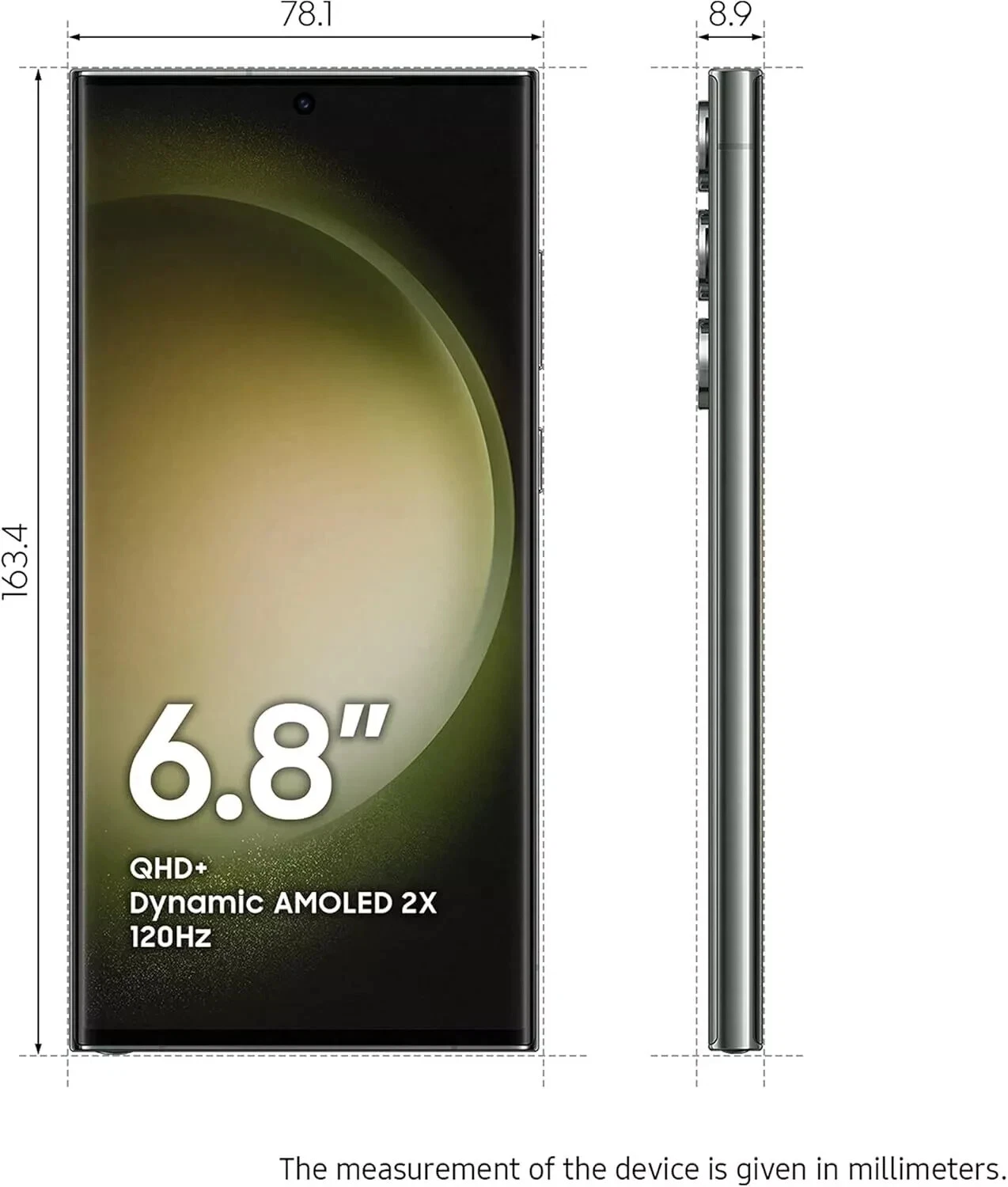

SAYAPTOGEL telah menjadi salah satu bandar togel dengan reputasi unggul berkat sistem akses online yang stabil dan cepat. Pengguna dapat masuk ke situs tanpa hambatan jaringan atau blokir, menjadikan setiap sesi bermain terasa lebih nyaman dan bebas gangguan. Dukungan server berkualitas tinggi membuat SAYAPTOGEL selalu siap memberikan performa optimal untuk semua pemainnya.
Refresh your browser window to try again.
Verified purchase: YesCondition: Pre-owned
Verified purchase: YesCondition: New
Verified purchase: Yes
Verified purchase: Yes
Verified purchase: YesCondition: Pre-owned
Verified purchase: YesCondition: Pre-owned
Verified purchase: Yes
Verified purchase: YesCondition: New
Verified purchase: Yes
Verified purchase: YesCondition: New






















